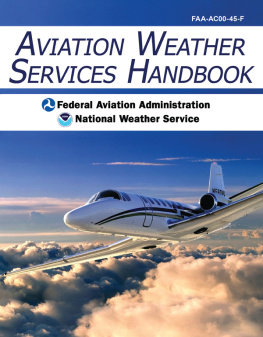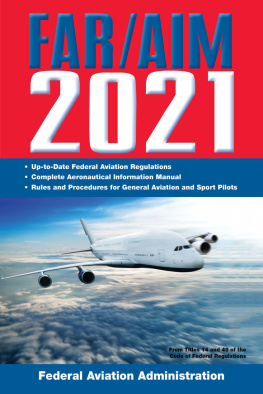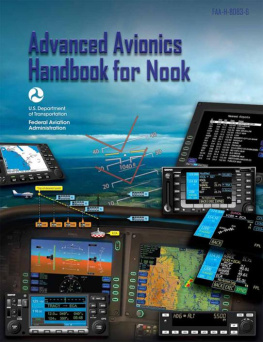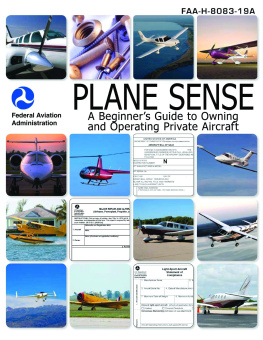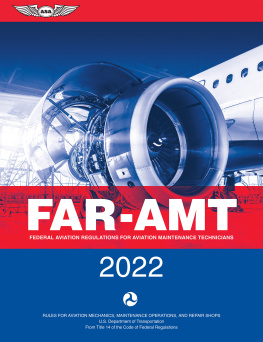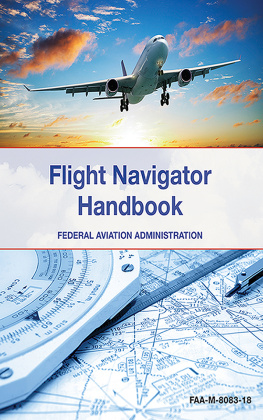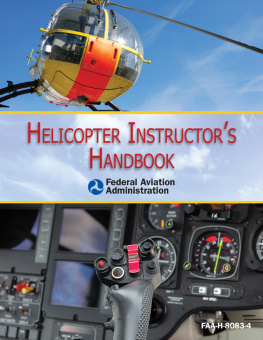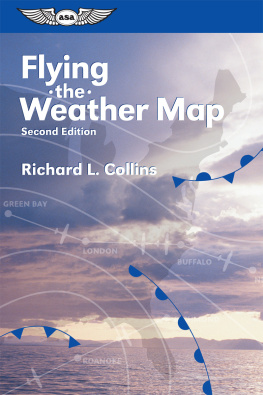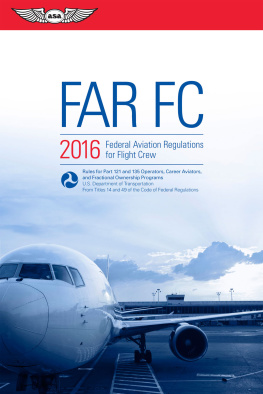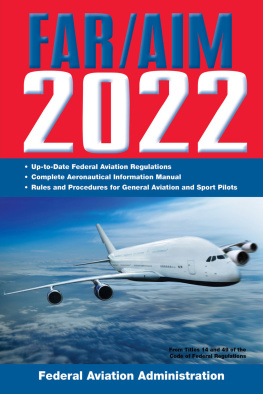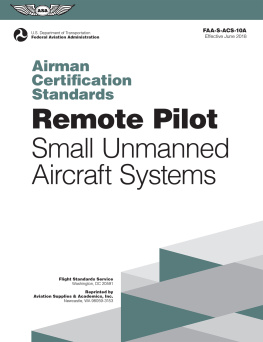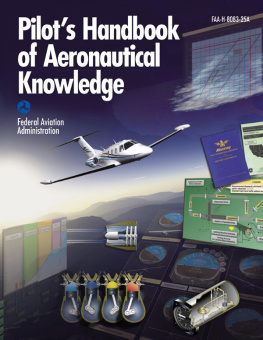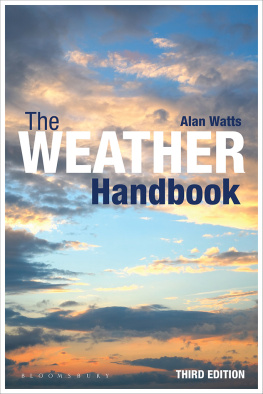Copyright 2009 by Skyhorse Publishing, Inc.
All Rights Reserved. No part of this book may be reproduced in any manner without the express written consent of the publisher, except in the case of brief excerpts in critical reviews or articles. All inquiries should be addressed to Skyhorse Publishing, 555 Eighth Avenue, Suite 903, New York, NY 10018.
Skyhorse Publishing books may be purchased in bulk at special discounts for sales promotion, corporate gifts, fund-raising, or educational purposes. Special editions can also be created to specifications. For details, contact the Special Sales Department, Skyhorse Publishing, 555 Eighth Avenue, Suite 903, New York, NY 10018 or info@skyhorsepublishing.com.
www.skyhorsepublishing.com
10 9 8 7 6 5 4 3 2 1
Library of Congress Cataloging-in-Publication Data is available on file.
ISBN: 978-1-60239-944-0
Printed in China
SUMMARY OF CHANGES
| SECTION | CHANGE(S) |
|---|
| Cover | Specified that this is AC 00-45F, Change 2. The previous version of this document used the word Revision instead of Change. Did this to maintain consistency with other FAA Advisory Circulars.
Also, changed NWS FAA Academy email address to: |
| Table of Contents | Updated due to changes listed below. |
| 1.3.7 | Inserted ADS-B and FIS-B information. |
| 3.1.4 | Changed section title from Examples of METAR Reports, Explanations, and Phraseology to METAR/SPECI Examples.
Replaced METAR/SPECI examples. |
| 7.1 | Updated FA product descriptions and replaced CONUS examples. |
| 7.1.2 | Inserted a note to define the terms CSTL WTRS and CSTL SXNS |
| 7.1 | Deleted AND CSTL WTRS from . |
| 7.2 | Deleted TAF location maps. |
| 7.2 | Updated to 30-hour TAF format. |
| 7.2.2 | Section 7.2.2.5 Valid period of Amended TAFs was deleted and pertinent information was moved to section 7.2.2.4. |
| 7.2.3 | Sections 7.2.3.1 7.2.3.4 were updated to follow NWS Directive 10-813 (dated 11/19/2007). |
| 10, | Replaced ASOS/AWOS Location Maps with Definitions of Common Terms used in En Route Forecasts and Advisories. |
| 15, | Updated . AWC Advisory Plotting Chart Contiguous US and accompanying table. |
FOREWORD
Aviation Weather Services, Advisory Circular 00-45F, is published jointly by the National Weather Service (NWS) and the Federal Aviation Administration (FAA). This publication supplements its companion manual Aviation Weather, Advisory Circular 00-6A, which documents weather theory and its application to the aviation community.
This advisory circular, AC 00-45F, explains U.S. aviation weather products and services. It details the interpretation and application of advisories, coded weather reports, forecasts, observed and prognostic weather charts, and radar and satellite imagery. Product examples and explanations are taken primarily from the Aviation Weather Center's Aviation Digital Data Service website (http://adds.aviationweather.noaa.gov/).
The AC 00-45F was written by Robert A. Prentice with assistance from Douglas D. Streu, and edited by Cynthia Abelman and Tom Dulong. Stan Roberts (AFS-600) was the reviewer for the FAA. Additional contributors include Raymond Tanabe, Larry Burch, Duane Carpenter, Lisa Glikbarg, Celia Miner, Ronald Olson, Richard Akers, Bill Carle, and Christa Jacobs.
An online version of this document can be found at:
http://www.airweb.faa.gov/Regulatory_and_Guidance_Library/rgAdvisoryCircular.nsf/MainFram e?OpenFrameSet
or
http://www.srh.noaa.gov/faa/pubs.html
Comments and suggestions for improving this publication are encouraged and should be directed to:
E-mail
nws-faa.academy@noaa.gov
US Postal Mail
NATIONAL WEATHER SERVICE, W/SR64
BLDG 30, RM 107
6500 S MACARTHUR BLVD
OKLAHOMA CITY OK 73169-6901
Aviation Weather Services, Advisory Circular, AC 00-45F, Change 2, supersedes AC 00-45F, revision 1, published July 31, 2008. This AC document will be cancelled when the AC 00-45G is published on February 11, 2010.
1 AVIATION WEATHER SERVICE PROGRAM
The aviation weather service program is a joint effort of the National Weather Service (NWS), the Federal Aviation Administration (FAA), the Department of Defense (DOD), and other aviation-oriented groups and individuals. This section discusses the civilian agencies of the U.S. Government and their observation, communication and forecast services to the aviation community.
1.1 National Oceanic and Atmospheric Administration (NOAA)
The National Oceanic and Atmospheric Administration (NOAA) is an agency of the Department of Commerce (DOC). NOAA conducts research and gathers data about the global oceans, atmosphere, space, and sun, and applies this knowledge to science and service which touches the lives of all Americans. Among its six major divisions are the National Environmental Satellite Data and Information Service (NESDIS) and the NWS.
1.1.1 National Environmental Satellite Data and Information Service (NESDIS)
The National Environmental Satellite Data and Information Service (NESDIS) manages the U.S. civil operational remote-sensing satellite systems, as well as other global information for meteorology, oceanography, solid-earth geophysics, and solar-terrestrial sciences. NESDIS provides this data to NWS meteorologists and a wide range of other users for operational weather forecasting.
1.1.1.1 Satellite Analysis Branch (SAB)
NESDIS' Satellite Analysis Branch (SAB) serves as the operational focal point for real-time imagery products and multi-disciplinary environmental analyses. The SAB's primary mission is to support disaster mitigation and warning services for U.S. Federal agencies and the international community. Routine environmental analyses are provided to forecasters and other environmental users and used in the numerical models of the NWS. The SAB schedules and distributes real-time satellite imagery products from global geostationary and polar-orbiting satellites to environmental users. The SAB coordinates the satellite and other information for the NOAA Volcanic Hazards Alert program under an agreement with the FAA and works with the NWS as part of the Washington, D.C. Volcanic Ash Advisory Center (VAAC).
1.1.2 National Weather Service (NWS)
The National Weather Service (NWS) provides weather data, forecasts and warnings for the United States, its territories, adjacent waters and ocean areas for the protection of life and property and the enhancement of the national economy. NWS data and products form a national information database and infrastructure that can be used by other government agencies, the private sector, the public and the global community. The following is a description of NWS offices associated with aviation weather.
1.1.2.1 National Centers for Environmental Prediction (NCEP)
The National Centers for Environmental Prediction (NCEP) is where virtually all global meteorological data is collected and analyzed. NCEP then provides a wide variety of national and international weather guidance products to NWS field offices, government agencies, emergency managers, private sector meteorologists, and meteorological organizations and societies throughout the world. NCEP is a critical resource in national and global weather prediction and is the starting point for nearly all weather forecasts in the U. S.

